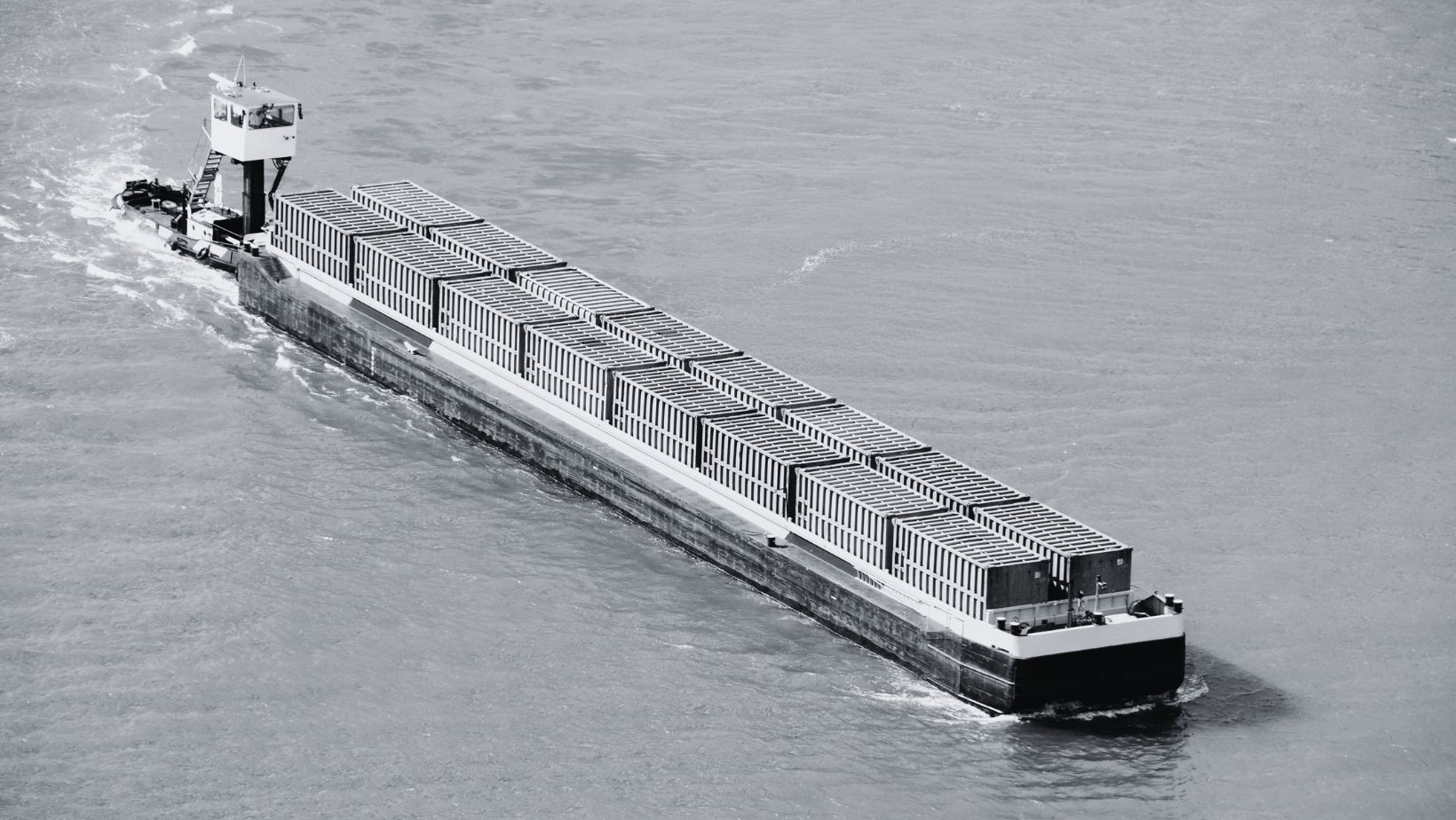
Amid all the challenges of daily operation in the barge transport industry, marine cybersecurity may not be the first thing that springs to mind. Yet, there are increasing warnings that this is an area that businesses should not ignore.
Even the U.S. government is taking notice—the Biden Administration’s recent initiatives underscore the urgent need to fortify cybersecurity at U.S. ports, a move reflecting the broader global challenge in maritime transport. As cyber risks escalate, particularly in inland marine transport, adopting robust security measures becomes indispensable.
The Cybersecurity Landscape in the Maritime Industry
The recent move by the white house to bolster cybersecurity at U.S. ports is designed to address critical vulnerabilities in the maritime sector. This initiative is seen as a strategic response to the heightened cyber threats facing maritime infrastructure, which includes the ever-growing array of digital systems essential for operations such as navigation and cargo logistics.
With the maritime industry increasingly reliant on interconnected digital systems, the potential for cyber threats to disrupt operations and impact the broader economy is significant. The new cybersecurity standards and mandatory incident reporting requirements are designed to enhance the resilience of the maritime sector against cyberattacks. Most relevant to the barge transport industry is the Notice of Proposed Rulemaking on cybersecurity from the U.S. Coast Guard. This new set of rules will establish minimum standards for marine cybersecurity designed to help prevent cyberattacks on U.S.-flagged basses, ports, and other maritime facilities in the U.S. While this set of rules is still being developed, companies need to begin planning for how they will change their approach to cybersecurity in barge transport, to help protect their infrastructure and avoid noncompliance with this new rule in the future.
Cybersecurity Challenges for Inland Marine Transport
Before we can understand which cybersecurity solutions are needed to protect maritime transport, we first have to explore the nature of the threat. The maritime industry is the backbone of global trade, making it a prime target for cybercriminals. Over the past three years, there has been a staggering 900 percent increase in cyberattacks against this industry. Inland marine transport, moving billions in cargo annually through intricate waterway networks vital to the U.S. economy, is a key target.
Cyberattacks can vary in nature, but common threats include ransomware, which holds critical operational data hostage, and sophisticated attacks that seek to gain access and potentially take control of the system. One increasing contributor to this trend is the increasing interconnectedness of IT and operational technology (OT) systems. This convergence has exposed previously isolated systems to the vast vulnerabilities of the internet, creating new attack surfaces that inland marine cybersecurity experts must handle. Navigation, communication, and cargo management systems, once manual and offline, are now integral parts of a digital ecosystem that extends beyond individual vessels to ports and the broader supply chain.
The resultant risks are very real. These attacks can disrupt vital supply chains, drive up the cost of insurance for everyone in the industry, and a particularly bad attack could potentially lead to significant financial losses or bankruptcy for a poorly secured company. These risks underscore the need for comprehensive cybersecurity strategies tailored to the unique challenges of the maritime sector.
The Complex Regulatory Landscape
Of course, the proposed rule from the Coast Guard is only one part of the regulatory picture. Navigating the regulatory seascape of maritime cybersecurity reveals a complex matrix of guidelines and jurisdictions that span across ports, vessels, and shipping entities. The mosaic of regulations stems from multiple oversight bodies, including the U.S. Coast Guard, the Federal Maritime Commission, and the Department of Transportation, each imposing distinct cybersecurity mandates. Internationally, standards set by the International Maritime Organization further complicate compliance, especially when juxtaposed against the relatively lenient requirements for foreign-built vessels.
This fragmented regulatory environment not only heightens the challenge of establishing a unified cybersecurity posture but also magnifies the vulnerabilities in the maritime network. Cybercriminals exploit these regulatory disparities, targeting weaker links in the maritime chain. (Of course, most barging operations in the U.S. are purely domestic, but this highlights the need for additional scrutiny when dealing with foreign companies and their equipment.)

Introducing BargeOps’s Role-Based Access
While there are no solutions that can inoculate a business from cyberattacks 100%, it is still important to shore up systems, as far as possible, to make them less vulnerable to these kinds of attacks and reduce the odds that they will be compromised. In this context, BargeOps’s role-based permissions stand out as a pivotal measure in fortifying maritime cybersecurity. Role-based access control (RBAC) enables companies to granularly set access to different systems and information, limiting access to internal systems based on the user’s role.
For example, some employees may need to access logistics information, but not bills and invoices, and vice versa. By granting users access to only the information they need to do their jobs, the chances of a data leak (or just someone seeing something they shouldn’t) go down dramatically.
Permissions can be set down to the column level within a grid or list on the screen. This means that information which might require additional protection, like financial and contract data, can be managed more tightly without disrupting the workflow of any given user.
These kinds of features also pay benefits in the event of a cyberattack. Without role-based access, an attacker who compromises just a single account would have full access to every system the account is associated with. With RBAC, the attacker’s access is necessarily limited, making companies more resilient when faced with an attack.
How BargeOps Strengthens Maritime Cybersecurity
While no one knows the future, it’s a safe bet that cyberattacks aren’t going away anytime soon and that if current trends continue, they’ll be far more numerous and sophisticated in the future, presenting significant challenges for those responsible for cybersecurity in barge transportation. The only way to be ready for the future threat environment is to start taking steps today to secure your maritime business. Getting started with BargeOps is a great first step to take. Its security and compliance features are designed to boost your readiness and make your day to day operation both more secure and more efficient. To get started with BargeOps, contact us today for a free demo.


